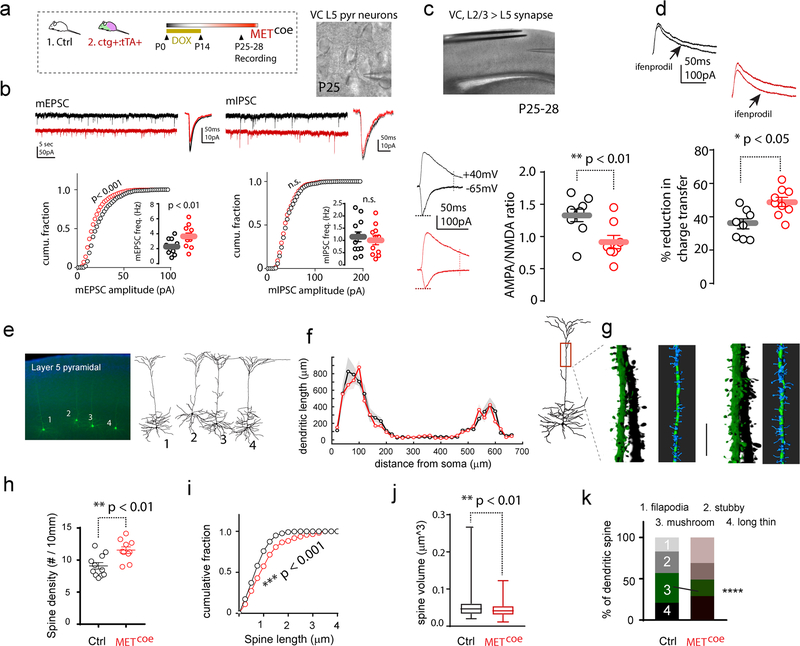Fig. 3. Sustained MET expression disrupts VC L5 excitatory neuron structure and function.
a. Experimental design. Ctg+:tTA+ mice and littermate controls (Ctrl, ctg-:tTA+ or ctg-:tTA-) were kept on DOX chow until P14, followed by recording in VC brain slices at P25–28. b. Metcoe L5 pyramidal neurons show decreased mEPSC amplitude (p < 0.001, K-S test), and increased mEPSC frequency (p < 0.01). In contrast, no change of mIPSC amplitude or frequency (n.s., p > 0.05 for both). c. Quantification of A:N ratio of synaptic responses in L5 neurons. A significant reduction of A:N ratio was found in Metcoe (t15 = 3.05, ** p < 0.01). d. Ifenprodil sensitive current was also significantly increased in Metcoe neurons (t15 = 2.45, * p < 0.05). e. Dendritic morphology of L5 neurons in anatomically defined bV1 were revealed by biocytin labeling. f. Sholl analysis of dendritic length distribution as a function of distance from soma. No significant difference was observed for genotype effects (p = 0.47, two-way ANOVA, n = 8 cells/5 mice, shaded patches, s.e.m.). g. Representative of three-dimension reconstruction of apical dendritic spines. h-j. Metcoe leads to increased spine density (h, t19 = 3.37, ** p < 0.01), increased spine length (i. Ctrl, n = 179 spines/5 mice; METcoe, n = 150 spines/5 mice. K-S test, *** p < 0.001), reduced spine head volume (j. Ctrl, n = 133 spines/4 mice; METcoe, n = 186 spines/4 mice. ** p < 0.01. Man-Whitney U test). k. Percentage distribution of different categorical spine classifications. * p < 0.05, Chi-square test for the categorical spine counts and total spine numbers.

